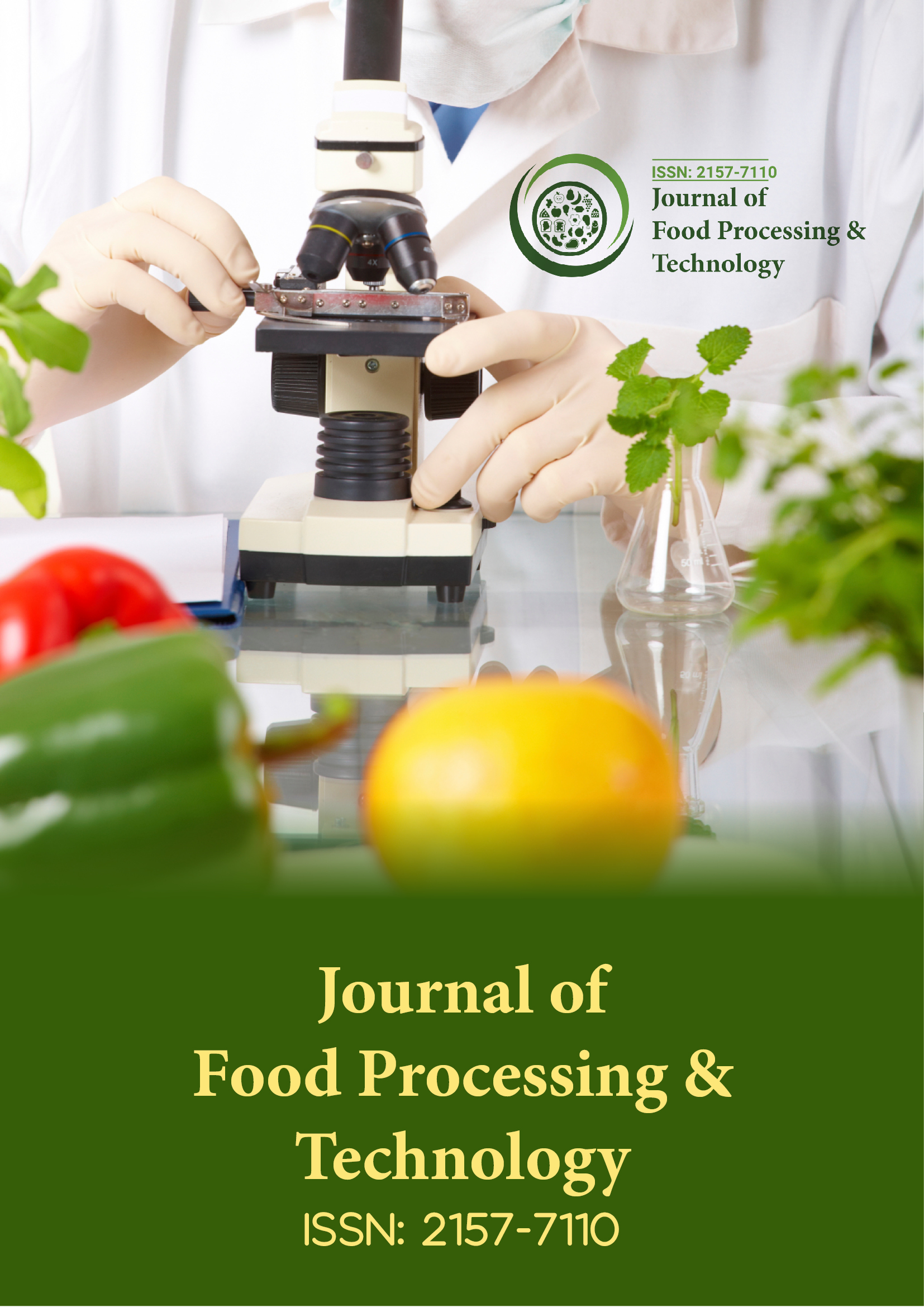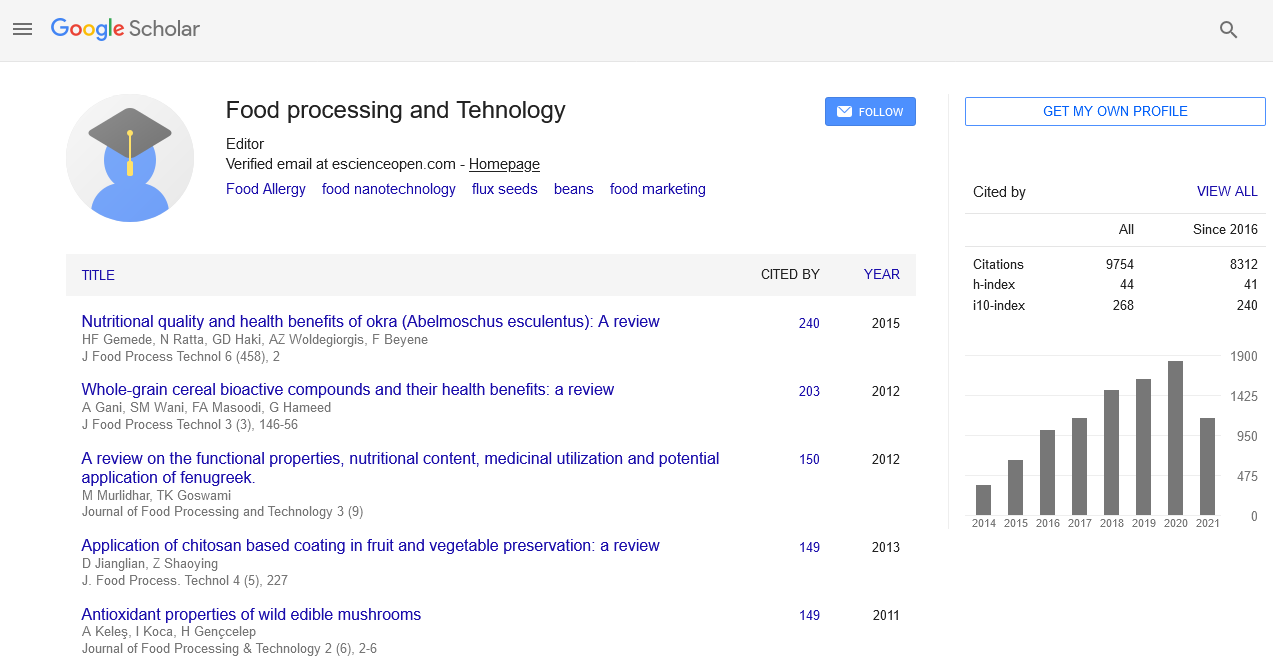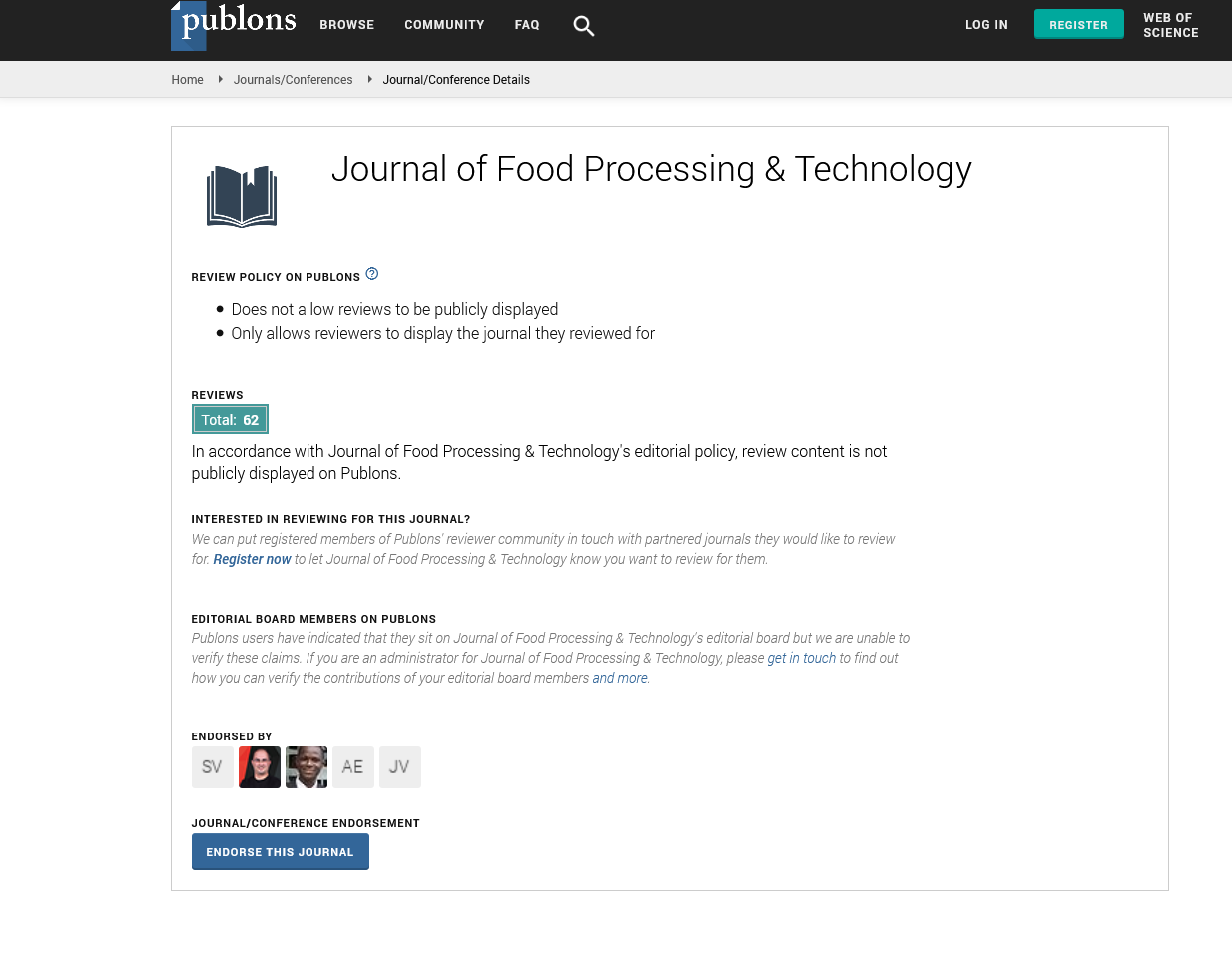Indexed In
- Genamics JournalSeek
- Academic Keys
- JournalTOCs
- China National Knowledge Infrastructure (CNKI)
- Access to Global Online Research in Agriculture (AGORA)
- Centre for Agriculture and Biosciences International (CABI)
- RefSeek
- Directory of Research Journal Indexing (DRJI)
- Hamdard University
- EBSCO A-Z
- OCLC- WorldCat
- Scholarsteer
- SWB online catalog
- Publons
- Euro Pub
- Google Scholar
Useful Links
Share This Page
Journal Flyer

Open Access Journals
- Agri and Aquaculture
- Biochemistry
- Bioinformatics & Systems Biology
- Business & Management
- Chemistry
- Clinical Sciences
- Engineering
- Food & Nutrition
- General Science
- Genetics & Molecular Biology
- Immunology & Microbiology
- Medical Sciences
- Neuroscience & Psychology
- Nursing & Health Care
- Pharmaceutical Sciences
Microalgae: The potential next two nails in Malthus s coffin
Global Food Security and Sustainability Conference
September 05-07, 2016 Beijing, China
Jonathan Gressel and Mordecai Granot
Weizmann Institute of Science, Israel
Hi-Cap Formulations (Israel) Ltd., Israel
Posters & Accepted Abstracts: J Food Process Technol
Abstract:
Microalgae can be cultivated on minimal amouts of seawater using fertilizer and industrial carbon dioxide in desert facilities near oceans (for cooling). Unlike conventional crops, the whole plant utilized all the fertilizer applied, covered the land continuously, and grown exponentially with continuous harvesting, and all the crop is utilized. Algae yield was 10-20 times more than conventional crops without competing for arable land. The high protein t and omega-3 fatty acid composition of algae rendered microalgae as ideal replacements for both fishmeal and fish oil in animal diets, especially for carnivorous fish. They could eventually replace soybean meal and oil in animal diets, and biofuels. Domesticated algae have the potential to be the next quantum leaps that confound Malthus‚??s prediction on resource availabilities. Deleting genes (e.g. nitrate reductase) that are unnecessary for growth in bioreactors, yet necessary in natural environments will mitigate risks from environmental spills. Previous high production costs precluded economically cultivating algae for bulk feed and fuel products. We are developing engineering solutions that overcome these high costs by vastly reducing the amounts of water used, the energy costs of mixing the algae and for gas exchange as well for cooling and harvesting. This high algal density in a thin layer cultivation, in a closed, floating horizontal bioreactor made of thin plastic sleeves without rigid superstructure, using low-energy vibrationally generated shear waves for mixing algae and for gas exchange should inexpensively produce uncontaminated high quality algae as a source of feed and biofuel.


